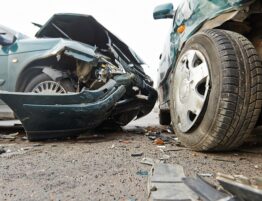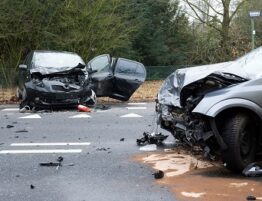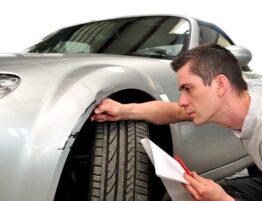
A Deep Dive into Body Shop Magic
Automobiles are intricately designed pieces of engineering marvels, but they are not impervious to the wear and tear of daily life. One of the most common casualties of the road is the humble bumper. Whether it’s a minor scratch, a dent from a parking mishap, or a more serious collision, body shops have perfected the art of bumper repair. In this blog, we’ll take you behind the scenes and demystify the processes involved in fixing bumpers, turning damaged vehicles back into pristine road-worthy companions.
Assessment and Inspection
The journey to restoring a bumper to its former glory starts with a thorough assessment. Experienced technicians at the body shop examine the extent of the damage, taking into account factors like the type of material used in the bumper (usually plastic, fiberglass, or metal), the location and severity of the damage, and any potential hidden structural issues.
Material Selection
Once the assessment is complete, the technicians decide on the repair strategy. In many cases, if the damage is minor, they may opt for a process called paintless dent repair (PDR). For more extensive damage, the bumper might need to be partially or fully replaced. The type of repair often dictates the choice of materials and techniques.
Paintless Dent Repair (PDR)
PDR is a technique used to fix small dents and dings without the need for painting. Skilled technicians use specialized tools to carefully massage the damaged area from the inside, gradually pushing the dent out until the surface is restored to its original shape. This technique is effective for minor dents that haven’t damaged the paint.
Bumper Replacement
When the damage is more substantial, technicians might decide that replacing the bumper is the best course of action. This involves removing the damaged bumper and installing a new one. While this might sound straightforward, it’s important to note that modern bumpers often come equipped with sensors, lights, and other components. Technicians need to ensure that these components are properly integrated into the new bumper.
Surface Preparation
For repairs that involve repainting, surface preparation is crucial. The damaged area needs to be cleaned, sanded, and primed to ensure that the paint adheres properly and provides a seamless finish. This step requires skill and attention to detail to achieve a result that seamlessly blends with the rest of the bumper.
Painting and Finishing
Painting a bumper is an art in itself. Technicians need to match the color precisely, taking into account factors like the vehicle’s age, exposure to the elements, and the fading of the original paint. Modern paint-matching technology and experienced colorists help ensure that the repaired area seamlessly blends with the surrounding surface. Once the paint is applied, a clear coat is added to provide protection and a glossy finish.
Quality Control
Before handing the vehicle back to the owner, the repaired bumper goes through a rigorous quality control process. Technicians inspect the repair closely, looking for any imperfections, color discrepancies, or uneven surfaces. This step ensures that the repair meets the highest standards and that the vehicle is safe and aesthetically pleasing.
The next time you admire a beautifully restored vehicle on the road, remember that the journey from a damaged bumper to a work of art involves a symphony of skills and techniques performed by skilled technicians at body shops. Through careful assessment, material selection, repair techniques, and a keen eye for detail, these professionals transform damaged bumpers into seamless extensions of a vehicle’s design. So, the next time you find yourself needing bumper repair, you can appreciate the intricate process that turns your car’s battle scars into a distant memory.








